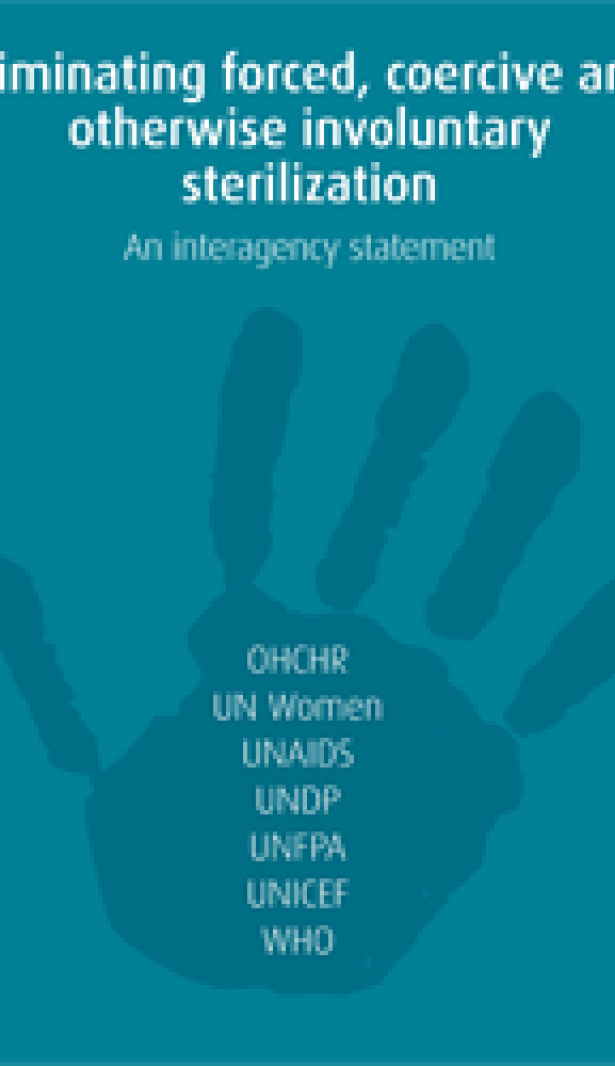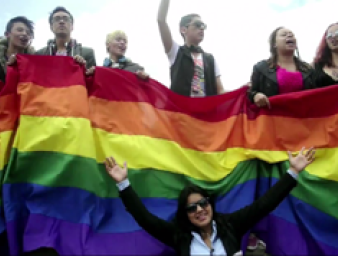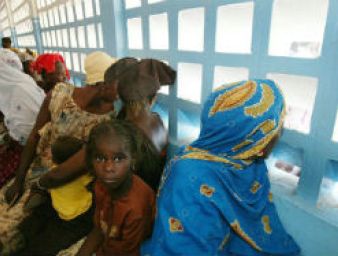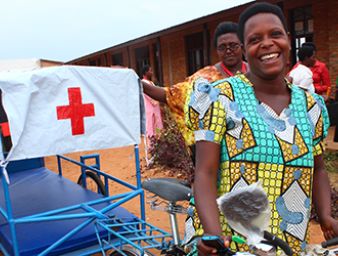The right to choose and refuse sterilization
06 June 2014
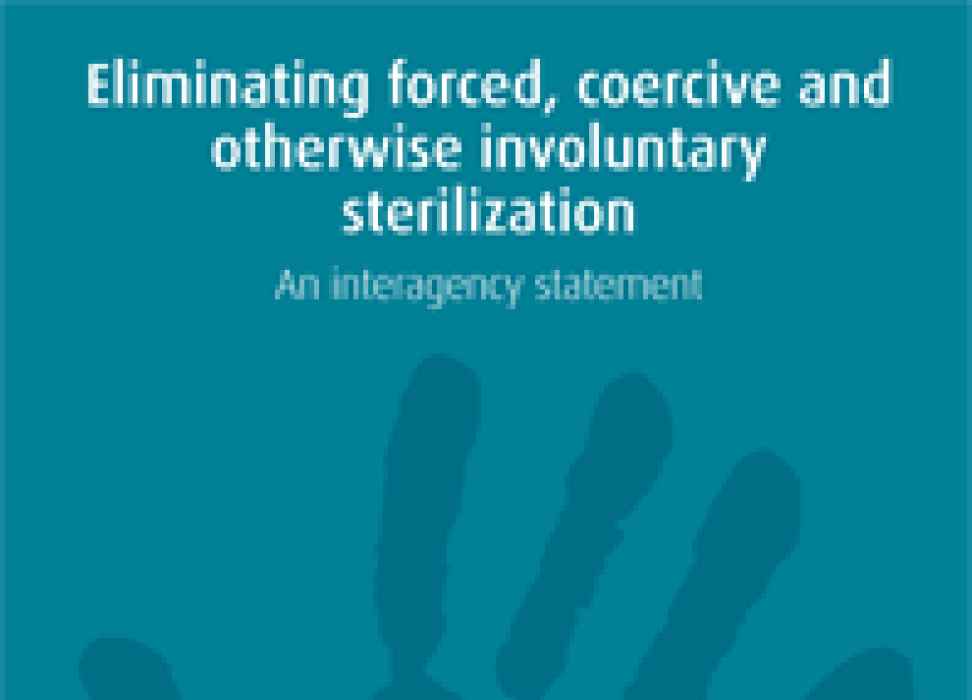
Historically, involuntary sterilization, as a means of achieving genetic ‘strength’ and implementing population control policies, has involved serious human rights violations. The most marginalized groups have been the target of these practices, which persist today and in some places are codified in law.
The people most often subjected to these abusive practices are women, especially those living in poverty, women living with HIV, women with disabilities, minority and indigenous women, and transgender and intersex persons.
“Eliminating forced, coercive and otherwise involuntary sterilization”, a statement released by several UN agencies, describes the history of this practice, including its use as a method of mass birth control in the latter half of the 20th century in contravention of fundamental human rights principles of autonomy and dignity.
The agencies, including the UN Office of the High Commissioner for Human Rights, have produced the research, in the form of a statement for general release, to add weight to calls for States to take action to eliminate involuntary sterilization. While acknowledging “Sterilization is one of the most widely used forms of contraception in the world”, the statement reaffirms that it must only be used with the “full, free and informed” consent of those undergoing the procedure.
Involuntary sterilization is often based on presumptions, stereotypes, and/or misinformation about the individuals at risk. For instance, coerced sterilization of women living with HIV has been linked to inaccurate information about HIV transmission. Assumptions that disabled people are asexual or sexually inactive is also used as justification for involuntary sterilization. In some countries, transgender people are forced to undergo sterilization to obtain identity documents which reflect their gender identity, as well as to access treatments such as hormone therapy or sex reassignment operations.
Coercive sterilization procedures continue to be used, particularly against Roma women, the statement says, without their informed consent and often in violation of the law. According to the statement, the procedure is often performed at the same time as caesarean sections or women are presented with consent forms during labor or delivery, when in great pain or duress.
The statement also addresses the situation of intersex children, who are commonly subjected to treatments resulting in sterility and which the report says, “have lifelong consequence for their physical and mental health.” The agencies recommend that, if possible, “irreversible invasive medical interventions should be postponed until a child is sufficiently mature to make an informed decision.”
Drawing on international human rights law, the statement says sterilization without full, free and informed consent is frequently discriminatory and in violation of several other fundamental rights, including, the right to health, the right to privacy, the right to found a family, and the right to information.
Juan Méndez, the UN Special Rapporteur on torture considered abuses in health–care in a report to the Human Rights Council in February 2013.
“Medical treatments of an intrusive and irreversible nature, when lacking a therapeutic purpose, may constitute torture or ill-treatment when enforced or administered without the free and informed consent of the person concerned,” the Méndez said in his report. The Special Rapporteur drew attention in particular to, “patients from marginalized groups, such as persons with disabilities, notwithstanding claims of good intentions or medical necessity.”
In their statement, the UN agencies offer a set of guiding principles for sterilization procedures. Principal among them is autonomy: respect for dignity and the physical and mental integrity of each person expressed through full, free and informed decision-making. People should be able to choose and refuse sterilization, the statement says.
In addition to the UN Human Rights Office, UN Women, the Joint UN Programme on HIV and AIDS (UNAIDS), the United Nations Development Programme (UNDP), the United Nations Population Fund (UNFPA), the United Nations Children’s Fund (UNICEF) and the World Health Organization (WHO) all contributed to the statement.
6 June 2014
